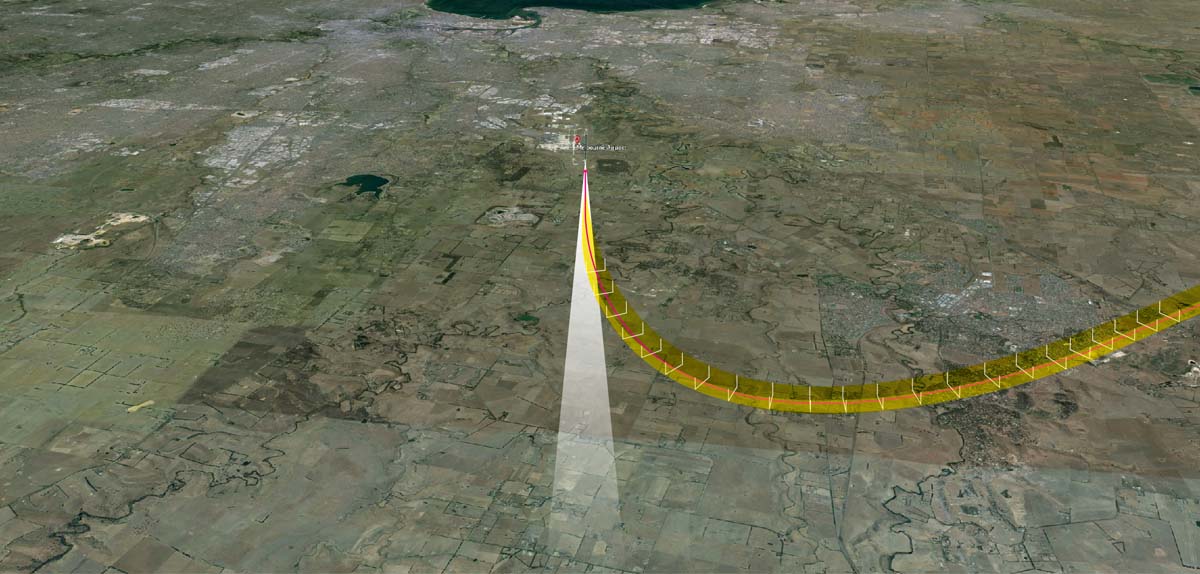Required Navigation Performance (RNP)

RNP and RNP-AR Approach and Departures including One Engine In-Operative application
Global Airspace Solutions’ Chief Designer has a strong background in Required Navigational Performance – Authorisation Required (RNP-AR) Procedure Design.
There are many benefits of RNP / PBN operations:
Improving Safety
- Reduces the risk of Controlled Flight Into Terrain (CFIT) accidents
- Provides very precise lateral and vertical flight paths
- Provides consistent, predictable and stabilized approaches
- Aircraft arrive at the runway aligned with the centreline: same configuration & same speed every time.
- Reduces diversions caused by adverse weather conditions
- Enables aircraft to reliably access airports with lower visibility restrictions
Improving Operating Returns
- Reduces fuel waste through shorter flight tracks optimized profile descents and fewer diversions
- Enables more direct and closely spaced parallel tracks enroute for increased fuel efficiency and reduced flight time variance
- Creates new market opportunities by providing safe access to terrain and weather challenged destinations
- Provides a path for airline growth as emissions caps are implemented around the world
- Provides a degree of precision approach capability without the investment required for expensive ground-based infrastructure
Increasing Airspace Capacity
- Increases traffic capacity through more efficient routes and smoother flows
- Reduces airspace conflicts between adjacent airports and prohibited or special use airspace
Environmentally-Friendly
- Reduces emissions by saving fuel
- 3.19 kg of CO2 emissions are eliminated for every kg of fuel saved
- Achieved via shorter/vertically optimized PBN flight paths
- IATA’s estimations indicate shorter PBN routes globally could cut CO2 emissions by 13 million tonnes per year
- Provides a mechanism for optimized profile descents
- Allows aircraft to descend from high altitudes to airports at minimum thrust settings
- Consistent, precise paths can be routed to avoid noise sensitive areas
- Noise levels can be reduced via use of optimized profile descents
- Allows lower, quieter thrust levels
